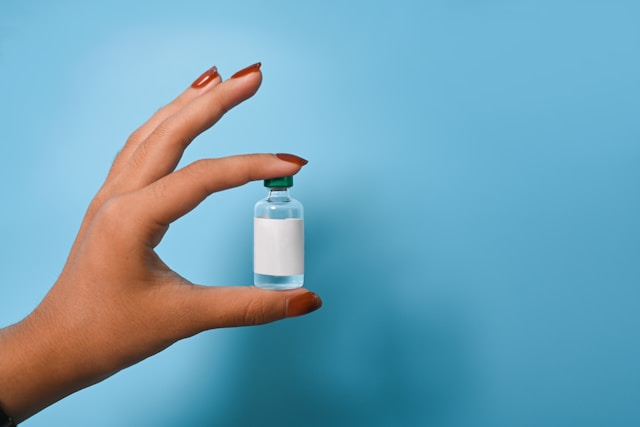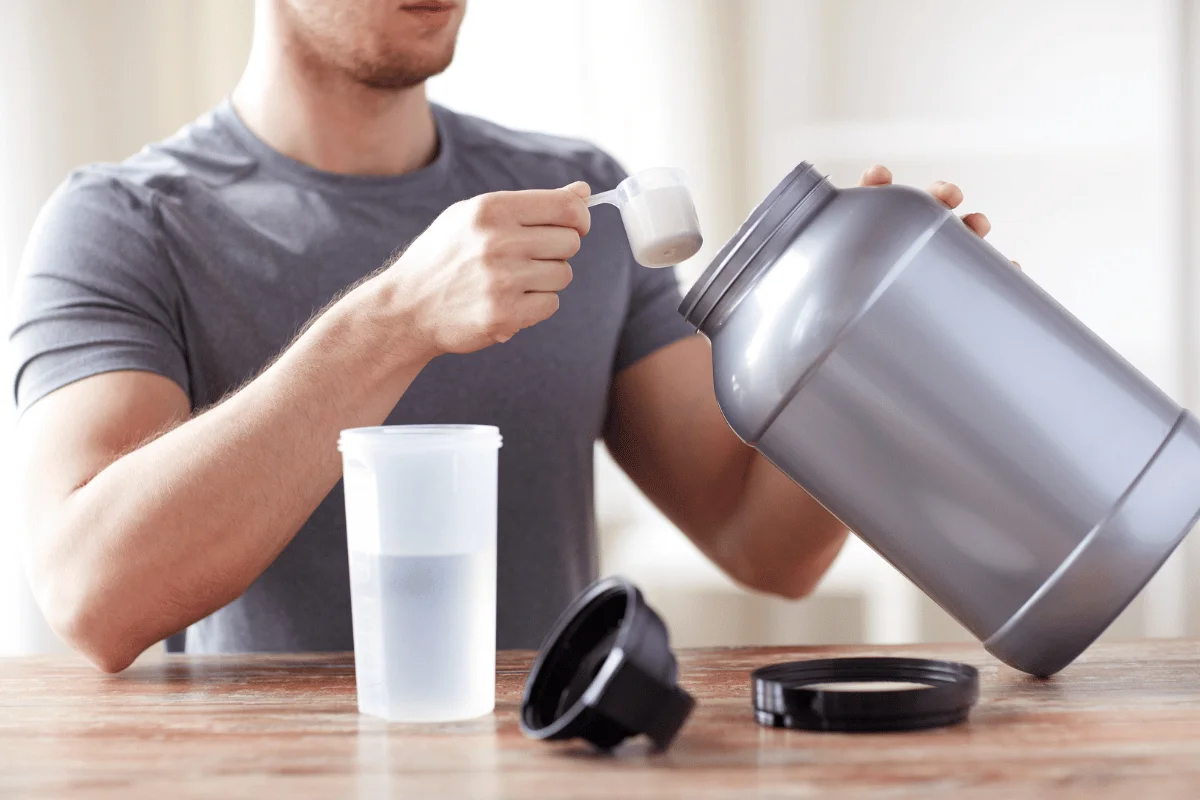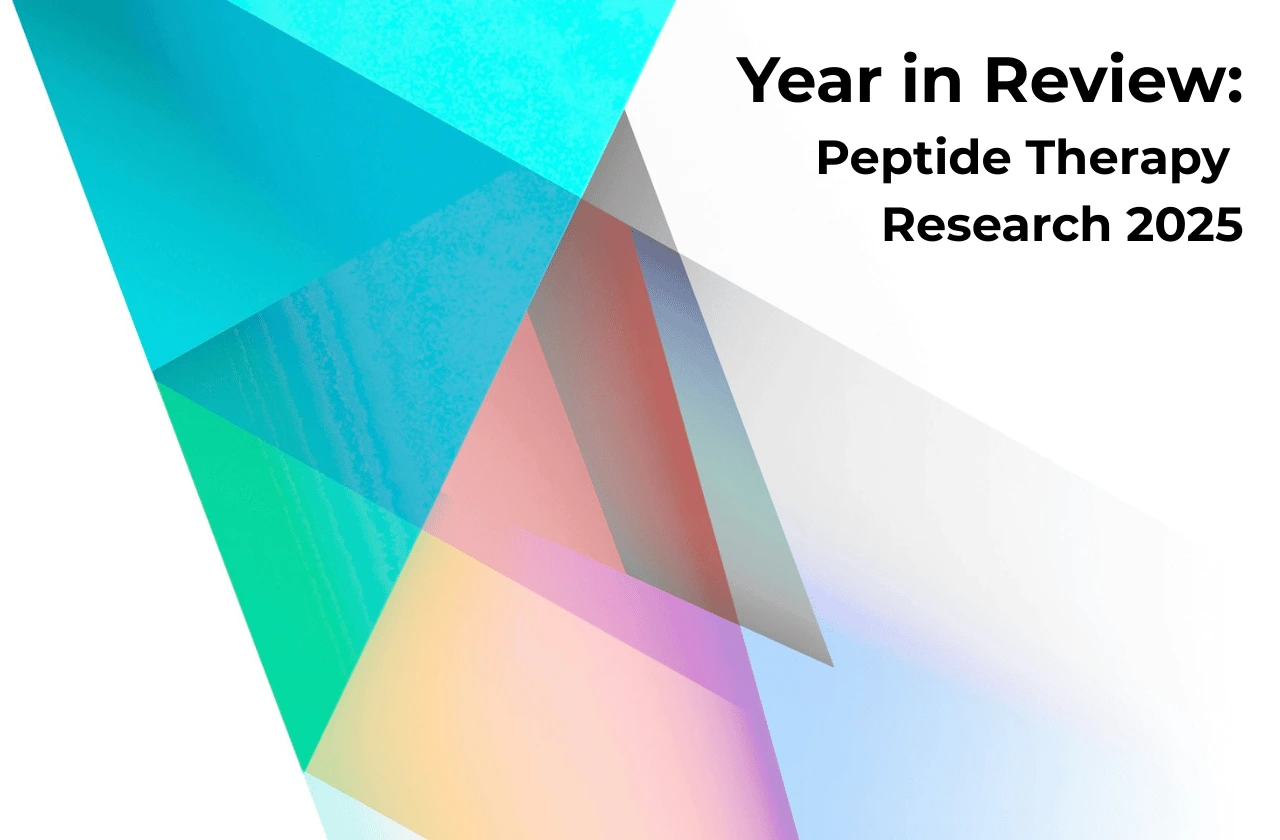[Disclaimer: This article is for informational purposes only and does not constitute medical advice. Always consult with a qualified healthcare provider before starting any peptide therapy.]
Muscle growth and recovery have always been top priorities for fitness enthusiasts. Today, many people are turning to peptides like BPC-157 to support their training goals.
This synthetic peptide has caught attention for its potential to help muscle building and injury recovery. But what does the science really say about BPC 157?
Key Takeaways
- BPC-157 is a synthetic peptide that may help with muscle growth and recovery by boosting growth hormone sensitivity.
- Animal studies show promising results, but human research remains limited with only small safety trials completed.
- The peptide is not FDA-approved and is banned by anti-doping agencies, creating legal risks for athletes and competitors.
- Quality control issues and unknown long-term effects make medical supervision essential if considering use.
What is BPC-157?
BPC-157 stands for Body Protection Compound 157. This synthetic peptide contains 15 amino acids that mirror a protein found naturally in human stomach juice[1].
Scientists first discovered this compound while studying stomach protection. Now researchers are exploring how it might help with muscle growth and tissue repair throughout the body.
The peptide works by targeting specific cellular pathways. These pathways control how our bodies heal and build new tissue.
Related Article: BPC-157 Peptide – What You Need to Know Before Using It
How BPC 157 Works for Muscle Growth
The science behind this peptide centers on cellular communication. BPC 157 appears to send signals that tell muscles to grow and repair faster than normal.
Research shows the compound may support muscle development through multiple pathways. Each pathway offers different benefits for people looking to build muscle mass.
Growth Factor Enhancement
One of the most exciting findings involves growth hormone receptors. Studies show BPC 157 can increase growth hormone receptor expression by up to 7 times in just three days[2].
This means your muscles become much better at using the growth hormone your body already makes. Better hormone sensitivity often leads to improved muscle protein synthesis.
Enhanced receptor activity also activates the JAK-STAT pathway. This cellular highway helps coordinate muscle repair and regeneration after workouts.
Related Article: Peptides for Muscle Growth: Do They Work and Are They Safe?
Muscle Recovery Benefits
Animal studies reveal impressive results for muscle recovery. The peptide appears to accelerate healing of muscle tears and strains significantly[3].
BPC 157 helps fibroblasts work more efficiently. These cells play a key role in building the structural framework muscles need to grow properly.
The compound also improves muscle-to-bone connections[4]. Stronger attachments mean better force transfer during training sessions.
| Recovery Benefit | Mechanism | Result |
|---|---|---|
| Faster healing | Enhanced fibroblast activity | Reduced downtime |
| Better regeneration | Improved cell migration | Stronger muscle fibers |
| Stronger connections | Collagen synthesis boost | Better force transfer |
Tendon and Ligament Support
Your connective tissue needs attention too. BPC 157 shows promise for supporting tendon and ligament healing alongside muscle development.
The peptide increases collagen production in these tissues. More collagen means stronger, more flexible connections between muscles and bones.
Better connective tissue health often translates to fewer injuries. This keeps you training consistently instead of sitting on the sidelines.
Related Article: Best Peptide for Tendon Repair: Benefits, Risks, and FAQs
Effects of BPC-157 on Inflammation
Training hard creates inflammation in your muscles. While some inflammation helps trigger growth, too much can slow recovery and limit gains.
BPC 157 appears to help balance this inflammatory response[5]. The peptide may reduce inflammation without blocking the signals your muscles need to grow.
This anti-inflammatory action works through cytokine modulation. The compound helps shift your body from a damaged state to a rebuilding state more quickly.
Some research suggests the peptide protects muscle cells from oxidative stress. Less cellular damage means faster recovery between training sessions.
💡PEPTIDE PICKS: MORE TO EXPLORE
- Want to learn about other peptides? Each one works differently for specific goals. Check out our guide to the best peptides for men.
- Thinking about testosterone support? Some peptides may help boost natural hormone production. Read our breakdown of peptide therapy for testosterone.
- Training for endurance sports? Athletes use specific peptides for stamina and recovery. See our list of top peptide therapies for endurance athletes.
BPC-157 Dosage Guidelines
Typical research protocols use specific dosing ranges for BPC-157. Most studies examine doses between 250-500 micrograms daily for injection routes.
Oral doses tend to be higher, usually 500-1000 micrograms daily. This accounts for lower absorption rates when taken by mouth.
Common dosing approaches include:
- Injectable: 250-500 mcg daily
- Oral: 500-1000 mcg daily
- Cycle length: 4-12 weeks
- Break periods: Equal to cycle length
Injection methods show much higher bioavailability. This means more of the peptide actually reaches your bloodstream and muscles.
Getting the dosage right is crucial for both results and safety. Use our BPC-157 dosage calculator and guide.
Is BPC-157 Safe?
Safety remains a major concern with this compound. Most research has been done in animals, not humans.
The limited human data comes from very small studies[1]. Only a few dozen people have been studied in clinical trial settings.
Reported side effects include:
- Fatigue and tiredness
- Mild dizziness
- Nausea at higher doses
- Injection site reactions
The lack of long-term human data makes it impossible to know about lasting effects. We simply don’t have enough information to declare it completely safe.
Important safety warnings:
- Not approved by the FDA for human use[6]
- Banned by the World Anti-Doping Agency
- Prohibited for military personnel
- Quality varies widely between suppliers
Third-Party Tested, 99% Purity
Order lab-verified peptides from our top recommended vendor.

Using BPC-157 for Muscle Building
Many bodybuilders report positive experiences with this peptide. However, these are personal accounts, not controlled scientific studies.
The compound appears to work best when combined with proper training and nutrition. No peptide can replace hard work in the gym and kitchen.
Some users report better recovery between intense training sessions. Others notice improvements in how their injuries heal over time.
Key considerations for muscle building:
- Results take time to appear
- Individual responses vary widely
- Proper storage and handling required
- Sterile injection technique needed
Blood flow improvements may contribute to muscle growth benefits. Better circulation means more nutrients reach working muscles during and after exercise.
The peptide’s angiogenic properties help form new blood vessels. More blood vessels can mean better muscle pumps and nutrient delivery.
Risks and Legal Concerns
Legal status creates serious concerns for many users. The FDA has not approved BPC 157 for human consumption in any form.
Competitive athletes face even greater risks. Using this peptide will result in positive drug tests and competition bans.
Legal and regulatory issues:
- Classified as “unapproved new drug” by FDA
- Banned substance for drug-tested athletes
- No therapeutic use exemptions available
- Career-ending consequences possible
Product quality presents another major concern. Since BPC 157 isn’t regulated, purity and potency vary dramatically between sources.
Contaminated or mislabeled products pose serious health risks. Some products contain little to no active ingredient at all.
Alternatives to Consider
Legal options exist for supporting muscle growth and recovery. These alternatives have better safety profiles and regulatory approval.
Proven strategies include optimized nutrition, adequate sleep, and proper training programming. These fundamentals often produce better results than any supplement.
Evidence-based alternatives:
- Creatine supplementation
- Adequate protein intake
- Quality sleep hygiene
- Progressive overload training
- Proper hydration
Some people find success with other legal recovery methods. Massage, stretching, and heat therapy can all support muscle development.
Final Thoughts on BPC-157 for Muscle Growth
BPC 157 shows promising potential based on animal research. The ability to increase growth hormone receptor sensitivity could benefit muscle development significantly.
However, the lack of human safety data creates serious concerns. Most medical experts recommend waiting for proper clinical trials before considering use.
The regulatory landscape also makes this peptide risky for many people. Athletes and military personnel face particularly severe consequences for use.
Bottom line considerations:
- Animal research shows promise
- Human data remains extremely limited
- Legal risks exist for many users
- Quality control issues widespread
If you’re interested in peptide therapy, work with qualified medical professionals. They can help you explore legal options that might provide similar benefits.
The future may bring approved versions of compounds like BPC 157. For now, focusing on proven strategies offers the safest path to your muscle building goals.
Remember that consistent training, proper nutrition, and adequate recovery form the foundation of muscle growth. No peptide can replace these fundamental principles.
MEDICAL REVIEWER
Dr. Michael Fortunato, MD
Dr. Michael Fortunato is a board-certified anesthesiologist specializing in hormone optimization therapy and peptide treatments. He holds advanced certification in Bioidentical Hormone Replacement Therapy (BHRT) and brings years of clinical experience to ensure content accuracy and clinical relevance as a medical reviewer.
References
- P. Sikiric et al., “The Stable Gastric Pentadecapeptide BPC 157 Pleiotropic Beneficial Activity and Its Possible Relations with Neurotransmitter Activity,” MDPI AG, Apr. 2024. doi: 10.3390/ph17040461.
- C.-H. Chang, W.-C. Tsai, Y.-H. Hsu, and J.-H. Pang, “Pentadecapeptide BPC 157 Enhances the Growth Hormone Receptor Expression in Tendon Fibroblasts,” MDPI AG, Nov. 2014. doi: 10.3390/molecules191119066.
- D. Gwyer, N. M. Wragg, and S. L. Wilson, “Gastric pentadecapeptide body protection compound BPC 157 and its role in accelerating musculoskeletal soft tissue healing,” Springer Science and Business Media LLC, Mar. 2019. doi: 10.1007/s00441-019-03016-8.
- M. Udovicic et al., “Stable Gastric Pentadecapeptide BPC 157 Therapy for Monocrotaline-Induced Pulmonary Hypertension in Rats Leads to Prevention and Reversal,” MDPI AG, Jul. 2021. doi: 10.3390/biomedicines9070822.
- D. Pevec et al., “Impact of pentadecapeptide BPC 157 on muscle healing impaired by systemic corticosteroid application.,” Medical Science Monitor, vol. 16 3, pp. BR81-88, 2010.
- M. Józwiak, M. Bauer, W. Kamysz, and P. Kleczkowska, “Multifunctionality and Possible Medical Application of the BPC 157 Peptide—Literature and Patent Review,” MDPI AG, Jan. 2025. doi: 10.3390/ph18020185.








